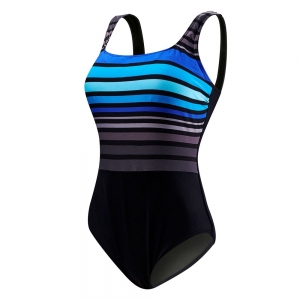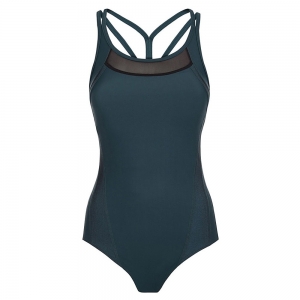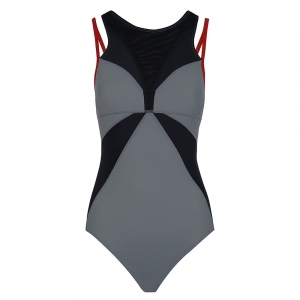What qualities you want in swimwear fabric
Because swimwear is used in water, sun, sometimes chlorine, sometimes salt water, movement, etc., good swim fabric should have:

- Good stretch & recovery — so it fits snug, moves, and returns to shape
- Resistance to chlorine, saltwater, and UV exposure
- Quick drying or low water retention so it doesn’t stay wet for long
- Durability / doesn’t easily fade, sag, or degrade
- Comfortable feel on skin (smooth, not scratchy)
- Possibly lining for modesty / opacity

Bottom line / my recommendation depending on your use
If I were to pick “the best” material for general swimwear (good balance of all factors), I would go with a polyester + elastane blend (say ~80 85% polyester, ~15 20% elastane) from a reputable brand, ideally recycled polyester, with good UV & chlorine resistance.
If the priority is comfort & look more than ruggedness (for beach/holiday use, not frequent pool), a nylon elastane blend feels better. If you need something for cold water or water sports, neoprene etc.

What ratios / composition to look for
Some practical “rules of thumb” when you inspect swimwear or are designing/picking one:
- A typical good composition might be about 80 90% nylon or polyester, plus 10 20% elastane/spandex/Lycra. The elastane gives stretch
- Pay attention to how much elastane: more gives more stretch but more risk of loss of elasticity over time, especially with chlorine.
- Polyester tends to perform better for UV and chemical resistance; nylon tends to be softer and more comfortable.
- If you swim in chlorinated pools a lot, polyester or specially treated fabrics are often a better investment.
- Also, if “sustainability” matters, check for recycled content, and treatments/coatings.